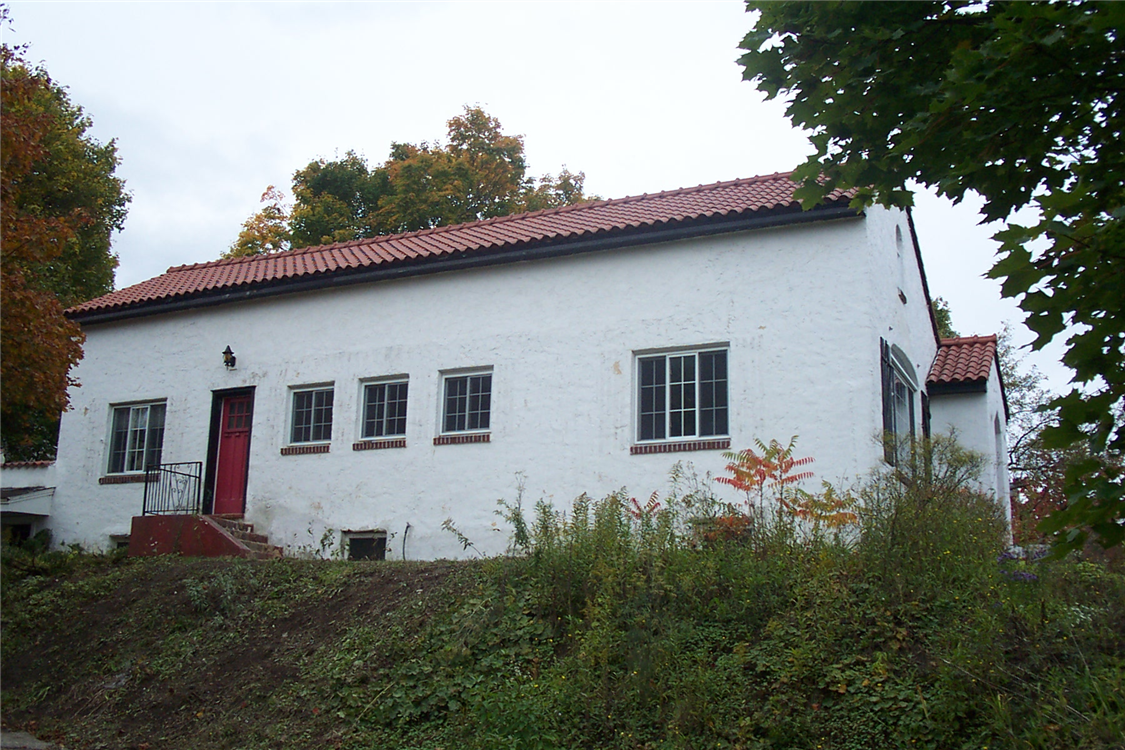
We frequently work on older homes (i.e., those built prior to 1980). Once a home reaches the 30-year mark, things begin to wear out or become outdated. Remodeling becomes a necessity.
Think about all of the things that have changed in homes since 1980. Modern appliances are energy efficient and “smart”. A home needs to accommodate more computer and media equipment, both wired and wireless. Over the past decade there has been a trend toward more open areas and functional living space. There are also new ways to construct homes and regulations that restrict the use of certain building materials which can adversely impact the health and safety of residents and builders.
As remodelers, we keep up on trends but also address the basics when renovating an older home. We appreciate the architecture, craftsmanship, history and character of older homes and work with homeowners who want to preserve these features as they plan renovations.
When remodeling an older home we’ve learned to “expect the unexpected”. Here are the most common problems we encounter in older homes:
1. Asbestos
Asbestos was used extensively in home construction from about 1940 to 1980. It is a fire retardant product found in roofing, insulation, flooring, adhesives, HVAC insulation and in some paints. It won’t cause harm if it is in good condition and undisturbed.
Problems occur when asbestos begins to break down or if it is sawed, scraped or sanded and becomes a powder that can be inhaled. Asbestos fibers are released and can cause severe damage to lungs. If you are making changes in your home that may require coming in contact with asbestos, you should contact a professional to examine the area.
2. Lead Paint
Homes built prior to 1978 must be checked for the presence of lead paint prior to a contractor performing renovation, repair or painting. Undisturbed lead paint is not hazardous. Problems occur when it breaks down, peels or chips. Remodeling can generate a lot of dust and can cause lead paint to breakdown. Our employees are EPA certified for lead paint safety and know how to test for the presence of lead and how to establish a safe work site environment.
3. Foundation Problems
If you are buying an older home, assuring that the foundation is solid is one of the most critical issues you will face and may discourage the sale if problems are found. Many homes built prior to 1940 often did not have adequate grading for water runoff, which leads to moisture and mold in basements. Signs of foundation problems include cracks in the basement floor; cracks in interior walls near the corners of doors, windows and fireplaces; doors and windows that stick; and nail heads that pop through drywall.
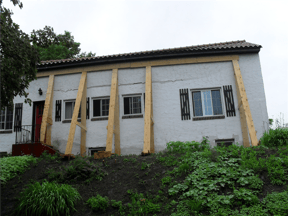
|
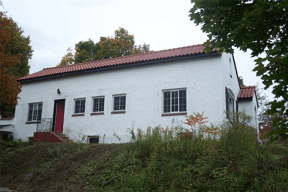
|
| The front and rear concrete block walls on this home were pulling apart from each other causing the possibility for the roof to eventually collapse into the home. | The exterior walls were pulled back in toward each other and collar ties were installed into the attic from preventing the walls from moving again. |
4. Radon
Radon is an odorless, invisible gas that can cause lung cancer. It can enter a home through cracks in the foundation, pipes and wells. Radon is a problem in many Central New York homes. It is important to test periodically for radon, especially if your home is in an area where radon problems are common, and to test prior to the purchase of a home.
5. Electrical Wiring
Electrical wiring may be a problem in an older home because the wiring may not be adequate to power today’s modern appliances. Faulty wiring is one of the leading causes of house fires. Old wiring and circuits may also be out of code. Even wiring from the 1960s and 1970s can be out of code. It is essential to bring wiring up to date.
6. Plumbing
Plumbing problems most often occur in homes built prior to 1960 when galvanized pipes wear out or clog. Plumbing problems are not just confined to the house but also can be found in sewer lines.
7. Homes Built Prior to Current Building Code
Residential code governs many aspects of construction ranging from structural design to energy efficiency. When we work on an older home, we advise homeowners about the importance of code compliance to protect both the occupants and their investment.
8. Plaster Walls
Plaster walls in older homes can be so problematic that replacing them is an attractive option. However, if you own a historic home plaster was an essential element in the way homes were built during the period and may be worth the cost of repair. If your home is on a historic preservation list, repairs may be governed by a zoning ordinance requiring “preserving distinctive materials, features, finishes, construction techniques and craftsmanship that characterize a property”. Plaster has a number of benefits. It is strong and durable, fire resistant and provides sound insulation in an older home.
9. Mold
Older homes sometimes have musty odors which signify a potential mold problem. Mold is most likely to occur in places where there is a water leak such as a roof, leaky pipe or basement walls. Look for water stains that may indicate the source. Sometimes mold is not easily detected and you may need to consult a specialist to solve the problem.
10. Dry Rot
Older homes are susceptible to dry rot. Dry rot is caused by a fungus that feeds on wood and weakens it. Wood becomes cracked and brittle and eventually breaks down. Dry rot is often a problem in older homes because wood may not have been treated to prevent rot damage.
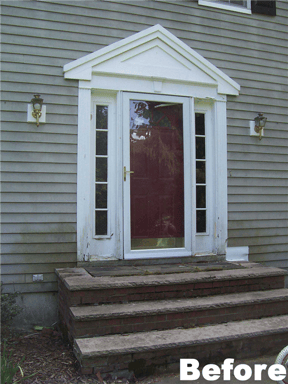
|
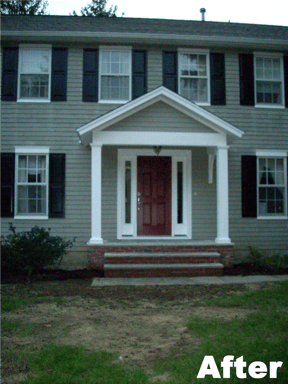
|
| This entry was vulnerable to rot because it wasn't flashed properly and didn't have a porch overhang. | The siding, framing and the entry door had to be replaced because of rot. The porch was flashed properly and a new overhang was added to improve curb appeal and prevent future rot problems. |
11. Aging Masonry
If you own a home age 50+, it’s probably time to repoint brick masonry on the exterior walls and chimney, especially in our climate.
12. Poor Maintenance
We find homes that require extensive and costly renovations due to the fact that they were poorly maintained over the years. Maintaining an older home and fixing problems as they occur is essential to preserving both the structure and your investment. Regular maintenance can reduce the costs of repair and renovation in the future.
If you own an older home, it’s important to be aware of these issues when you begin a remodeling project and discuss them with you contractor. For tips on how to keep your home in shape, download our free home maintenance checklist.
Related Posts
What Every Homeowner Should Know About Dry Rot
Your home is most likely one of your greatest investments. To protect your investment, it is...
What is Dry Rot? Best Ways to Identify and Treat it
Dry rot is a type of destructive wood decay caused by the fungus Serpula lacrymans, which can lead...
Weathering CNY: 6 Storage Ideas for a Welcoming Entryway
We all know Central New York’s weather brings a mixture of every possible element. We also know...
